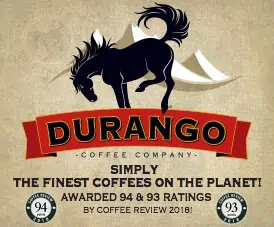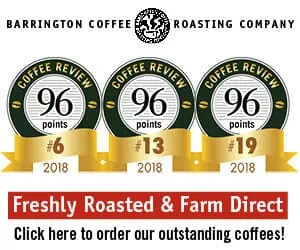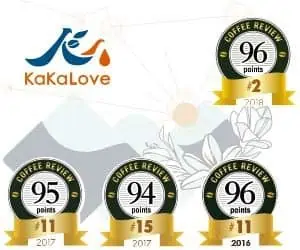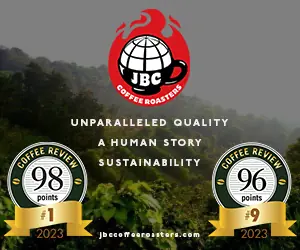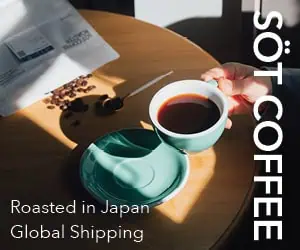Just as there are McIntosh apples and Golden Delicious apples, Cabernet wine grapes and Merlot wine grapes, there are various botanical varieties or cultivars of Coffea arabica. Some of these varieties are long-established and traditional, the kind of varieties that gardeners call heirloom. They are the product of happy coincidence, of a process of spontaneous mutation and human selection that may have taken place decades, sometimes centures, ago. These heirloom varieties, or old Arabicas as they are called in the coffee world, include var. typica, the original variety cultivated in Latin America; the famous var. bourbon, which first appeared on the Island of Reunion (then Bourbon) in the Indian Ocean in the eighteenth century; the odd and rapidly disappearing var. maragogipe (Mah-rah-go-ZHEE-pay), which produces a very large, porous bean and first appeared in Maragogipe, Brazil. In addition, there are many noble varieties that are grown only in the regions where they first appeared. These locally-based varieties include the var. lintong, which produces the finest coffees of Sumatra; the Ismaili and Mattari cultivars of Yemen; and the almost vanished var. old chick of India.
Coffees from such traditional varieties are particularly valued in the fancy coffee world. In recent years green revolution scientists working in growing countries have produced varieties of arabica that are more disease-resistant, heavier-bearing, and faster to reach maturity than the older, traditional varieties. Two of the most controversial of these so-called new Arabicas are the Colombiana or Colombia (developed and widely planted in Colombia) and the sinister-sounding Ruiru 11 (Kenya).
Coffee professionals in the United States are almost unanimous in condemning all such new hybrid varieties for lacking the complexity and nuance of their beloved old arabicas. However, the flavor issue is much more complex than many coffee professionals would have us believe. There is no doubt that coffee from different varieties tastes different, even when the trees are grown on the same soil under the same conditions. But are the old Arabicas always better tasting than the new? Not consistently. Cup quality seems to depend on a complex, often unpredictable interaction of variety and local growing conditions. The classic Typica variety that produces the celebrated Kona coffees of Hawaii has turned out to be a taste bust when planted on other Hawaiian islands under different growing conditions from Kona. Bourbon, the traditional premium variety of Brazil, seems consistently more complex and interesting in the cup than newer varieties when grown in Brazil. But will seeds of those Bourbon trees, in growing situations other than Brazil, necessarily produce coffee with similar superiority? Perhaps. Perhaps not. I recently organized a blind tasting of El Salvador coffees in which a relatively recently developed hybrid called Pacamara scored better than a Bourbon from the same farm.
The situation is further complicated by the existance of varieties that, like the old arabicas, are spontaneous mutants, but which did their mutating at a relatively recent date in history. They include the widely planted var. caturra (1935) and var. mundo novo.

